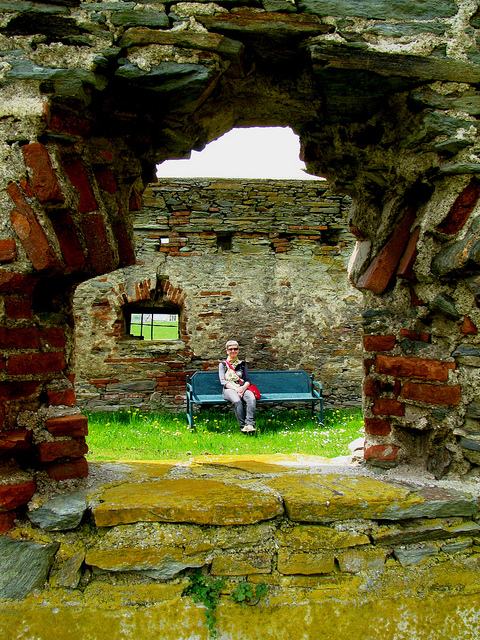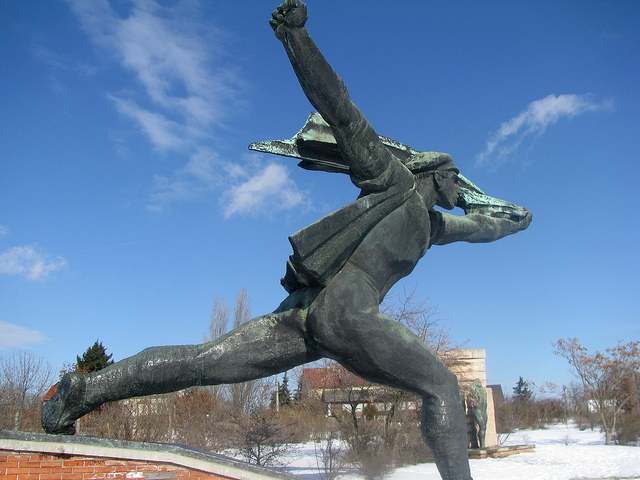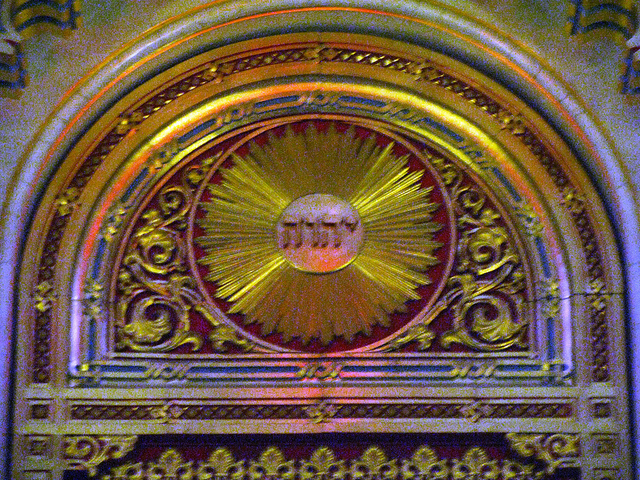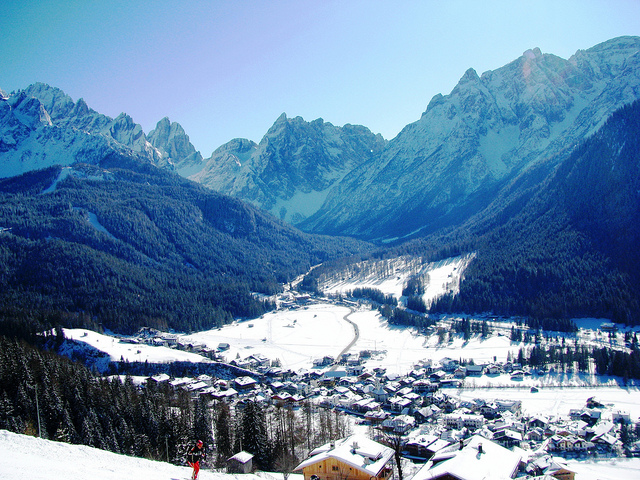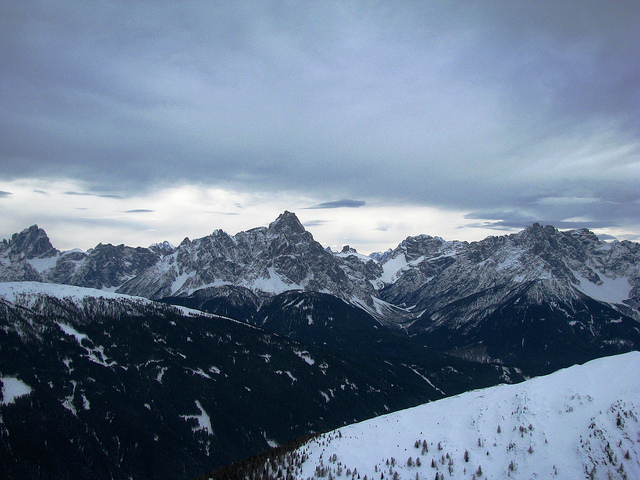Then we continued on to Burg Lockenhaus, an impressive fortress that was built around 1200 AD. The thick stone walls of this Romanesque and Gothic structure are home to a medieval museum that also includes a torture chamber. Burg Lockenhaus is also home to various birds of prey and to about 1200 bats. A castle tavern is located in one of the two courtyards and makes for a popular tourist destination. This hefty fortress hosts many cultural events, conferences, meetings and medieval re-enactments.

Continuing our drive through the low-lying hills of Burgenland we approached the national border and drove across to neighbouring Hungary. Travelling inside the European Union still amazes me every time I cross a border – we did not even have to stop at the border or show any kind of documents, we just drove right into another country. What a contrast to the meticulous and cumbersome border crossing procedures in North America….

Just minutes from the border we stopped in a pretty Hungarian town called Köszeg, originally the only free royal town in the historical county of Vas (Eisenburg). The town was founded around 1280 and has a number of interesting monuments: the Jurisics Castle and the castle museum, Sacred Heart Church, a Pharmacy Museum, and the town centre with its medieval atmosphere. Since the fall of Communism the town has been nicely renovated and become a local tourist destination for Hungarians and Austrians alike.

After this quick excursion into Hungary, we returned to Austria via the village of Rechnitz which was also the site of a massacre against 200 Jewish slave labourers at the end of WWII. I had never heard about this massacre, which involved local notables shooting the defenceless labourers after a party at the local castle. The incident was covered up after the war, and the unassuming cross-shaped farm house where this fateful incident took place, is only reachable by crossing a large farmer’s field. From the road I could not see any street signs pointing to this location, however, the Jewish community of Zalaegerszeg in Hungary had put up a black stone memorial sign to the victims of this tragedy.

As a counterpoint to this horrific part of history we visited Burg Schlaining, a 13th century fortress that is home to the European Museum of Peace. It holds an excellent exhibition on Peace, Conflict, Violence and Environment and often hosts international conferences that focus on peace-building and conflict resolution. The exhibition on peace and conflict is housed on two floors of the castle and is extremely informative. After a visit to the museum I also climbed up the tower of the castle and enjoyed an impressive 360 degree view of the surrounding landscapes.

My brief four days in Austria had come to an end, and my European trip 2011 was rapidly nearing its conclusion. The next morning I would board a plane to fly to Berlin, to spend five more days in the German capital, soaking up history, monuments and culture in one of Europe’s most vibrant cities. One of the most exciting chapters of my European journey was yet to come…

